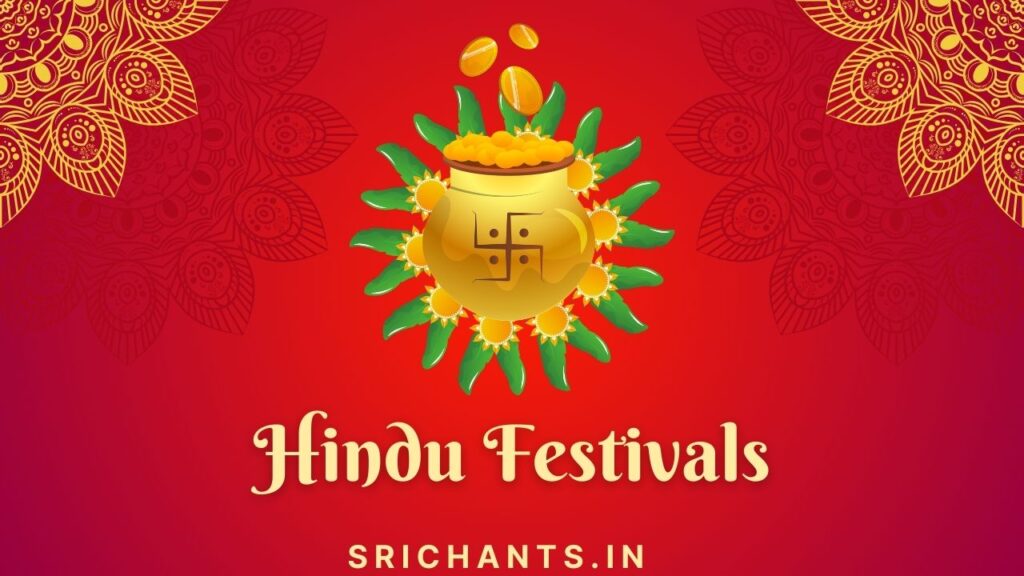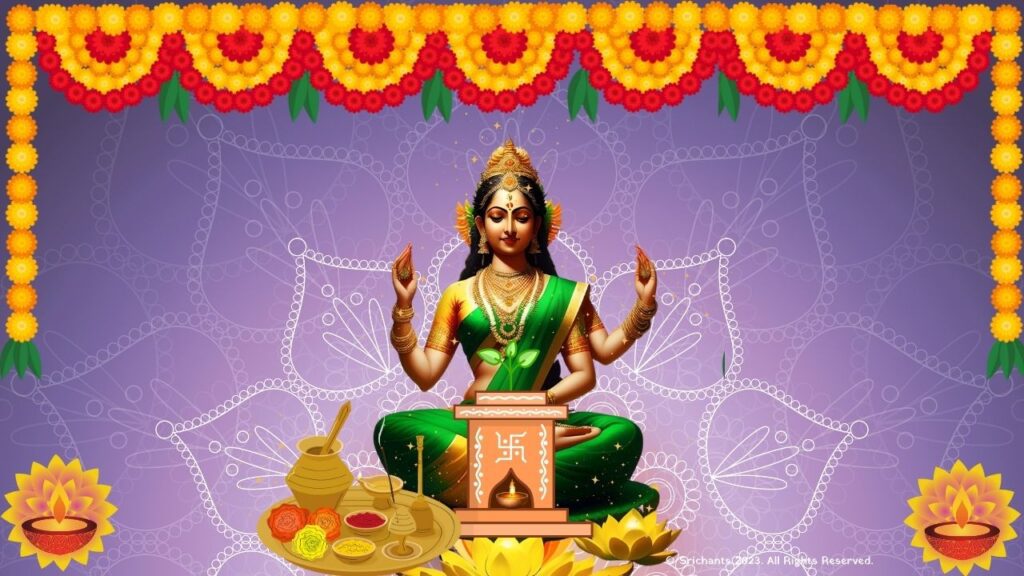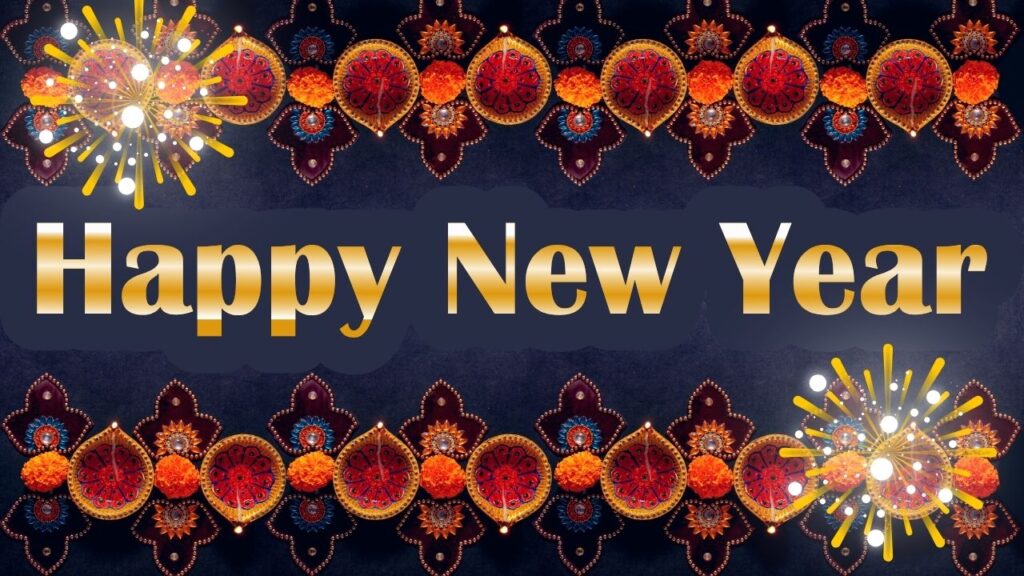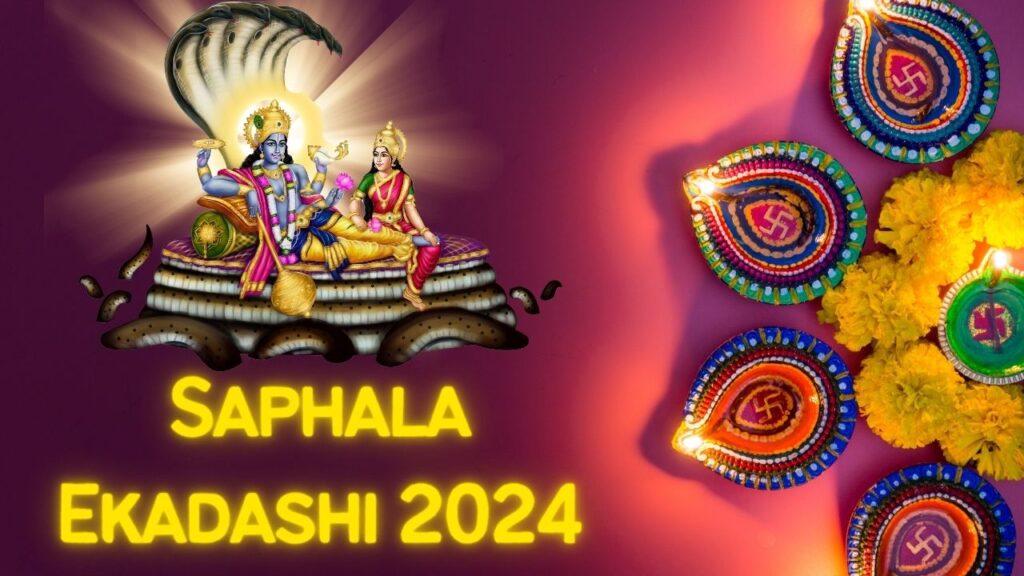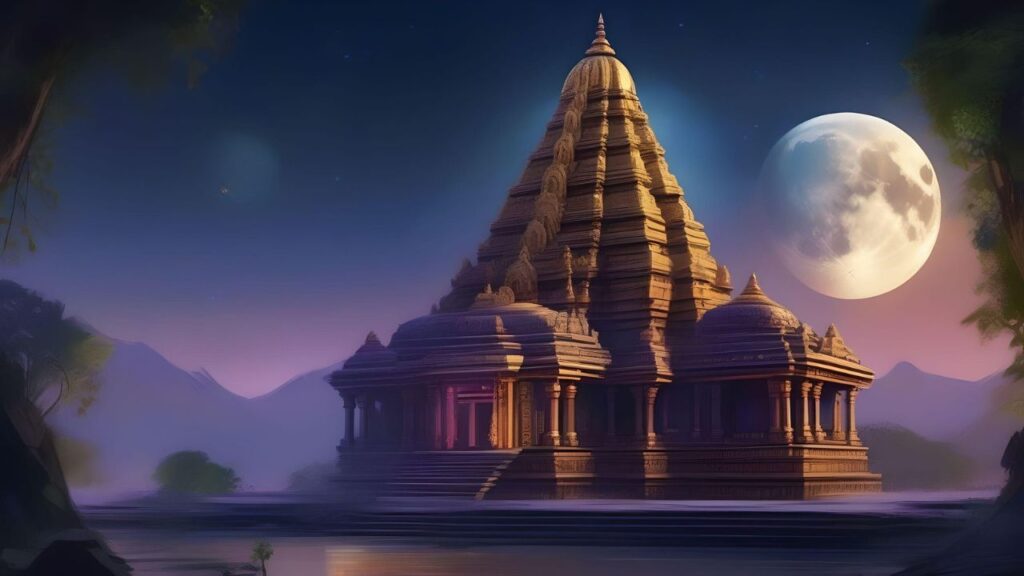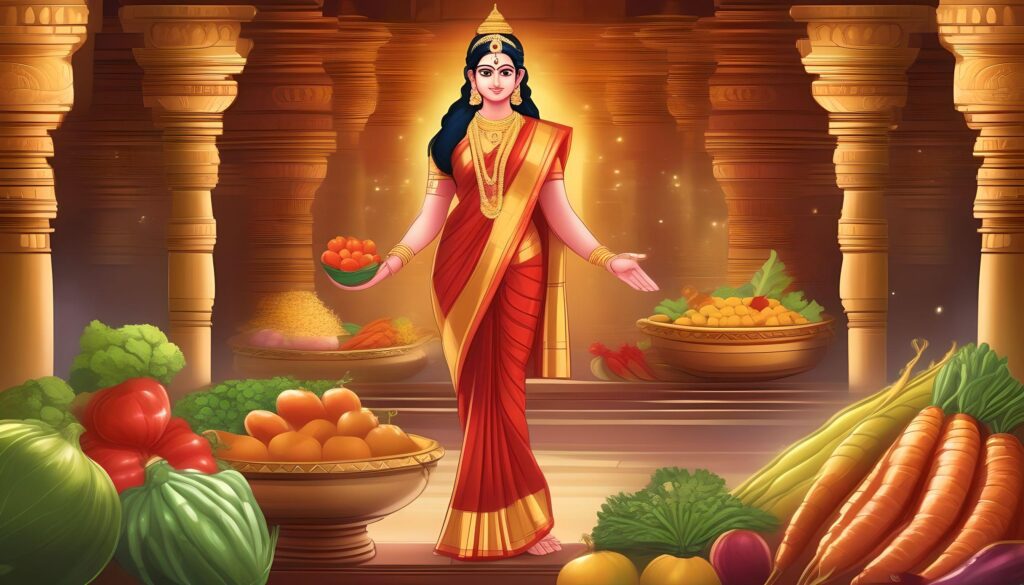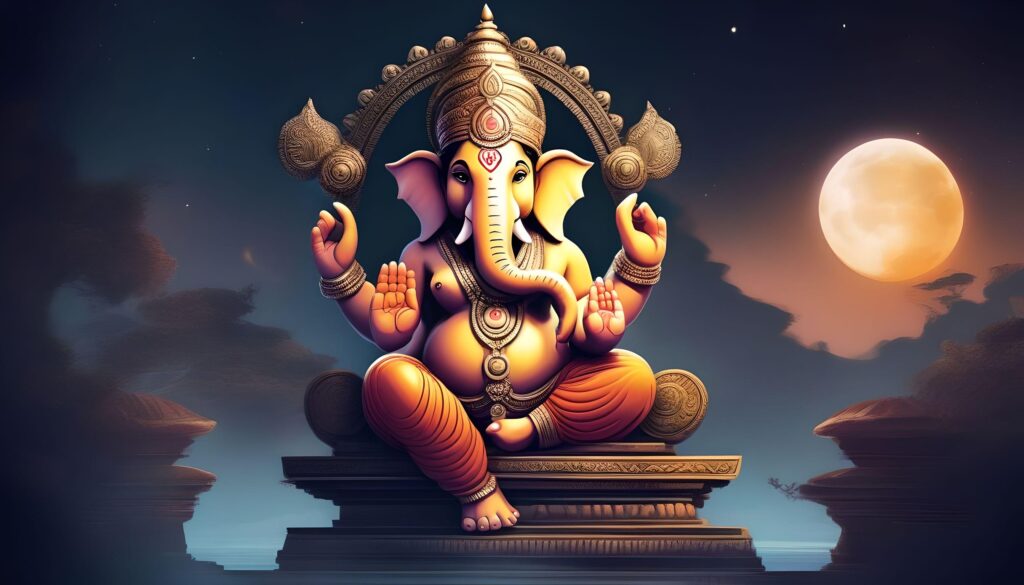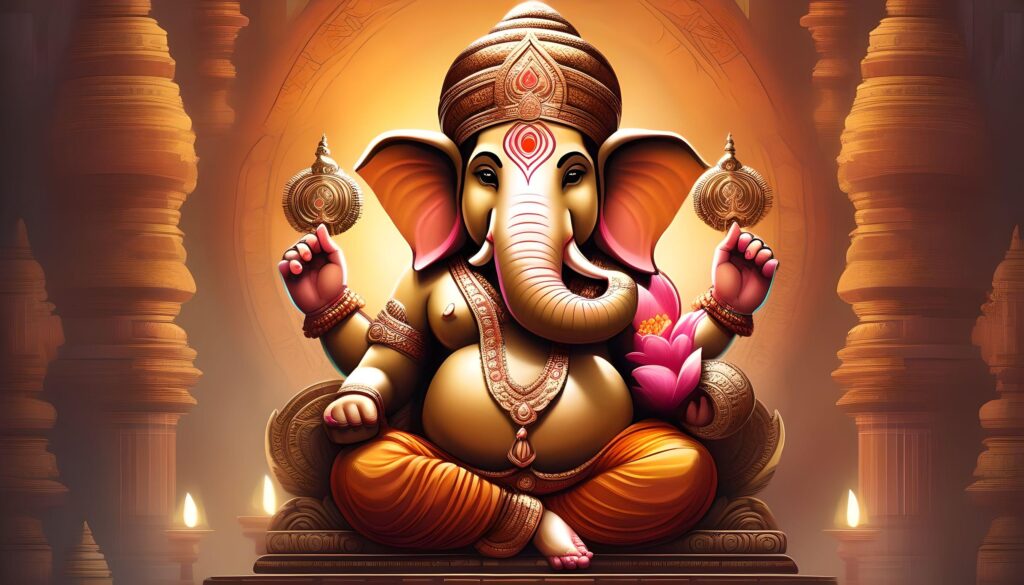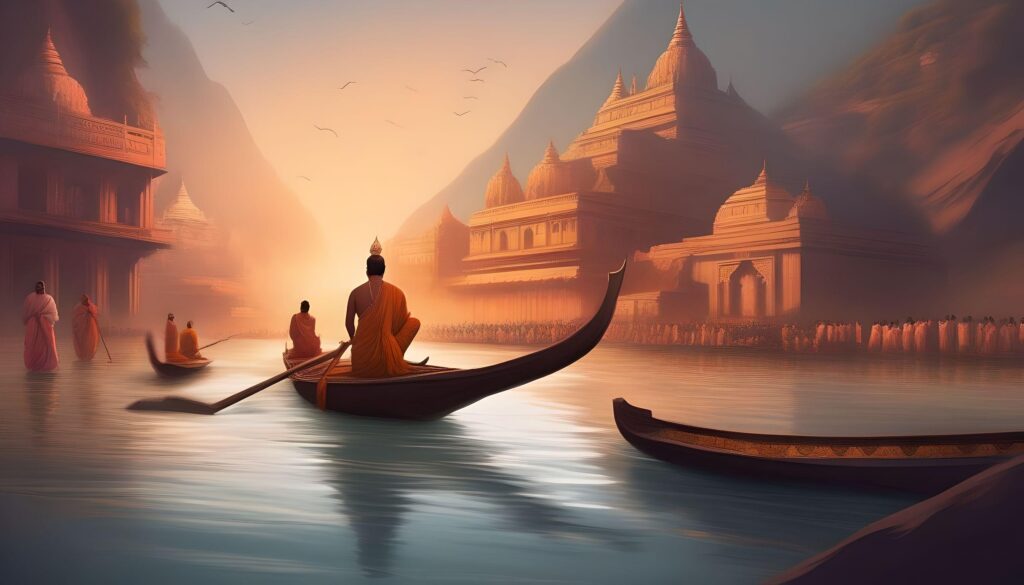Hindu Festivals: A Comprehensive Guide to the Sacred Calendar
Introduction
Introduction
The Hindu calendar, alternatively referred to as Panchanga, is a time reckoning system of antiquity and complexity that holds considerable importance in ascertaining the dates of Hindu festivals. By integrating solar and lunar components, the Hindu calendar organizes time in a multidimensional fashion, rendering it an exceptional and intricate system. This exhaustive guide aims to delve into the intricacies of the Hindu calendar, elucidate on the significance of Hindu festivals, and sanctify the varied traditions that are inextricably linked to them.
The Hindu Calendar: A Multi-Dimensional System
In contrast to its Western counterpart, the Hindu calendar is characterized by its multidimensional structure. The concept includes lunar and solar months, days and nights, the motion of the Sun and Moon in relation to stellar constellations, and additional time periods that are defined by astronomy. In contrast to the straightforwardness of the Western calendar, which predominantly is established on solar days and years, the Hindu calendar presents a more complex framework that mirrors the profound correlation between time and celestial entities.
Lunar Months and Solar Months
The lunisolar system utilized by the Hindu calendar accounts for the apparent motions of the Sun and Moon as perceived from Earth. The duration of a synodic lunar month is utilized as the calendar’s foundation. Every lunar month is structured around 30 days, which are subsequently categorized into two fortnights. The bright fortnight is symbolic of the Moon’s waxing phases, whereas the black fortnight is representative of its waning phases.
The Hindu calendar, apart from lunar months, also observes solar months delineated by the Sun’s passage through various zodiac signs throughout the year. In contrast to the religious usage that lunar months are primarily associated with, solar months are fundamental to civil reckoning. These are the civil months as well.
The Beginnings of a New Year
In the Hindu calendar, the date of the first day of a new year differs between regions. The New Moon precedes the Sun’s entry into the zodiac sign of Aries, which coincides with the March equinox, in the majority of regions. This momentously occasion signifies the onset of spring in the Northern Hemisphere and establishes the ambiance for the subsequent year.
Leap Months and Corrections
In order to maintain timing consistency with the sidereal year, a unit of measurement used to establish the Earth’s orbit around the Sun relative to fixed constellations, the Hindu calendar integrates leap months. A sidereal year comprises approximately 365,256 days, whereas 12 lunar months comprise an average of 354,367 days. Consequently, every three years, an intercalary month called “Adhik Maas” or “Purushottam Maas” is introduced or eliminated. By making this modification, the calendar’s lunar and solar cycles remain in a state of equilibrium.
Hindu Festivals: Celebrations of Spirituality and Tradition
Hindu festivals are of profound religious and cultural importance, as they significantly impact the daily lives of millions of devotees across the globe. These cultural celebrations, which have their origins in Hindu mythology, folklore, and religious convictions, provide an exceptional occasion to commemorate spirituality, foster stronger communal connections, and manifest devotion to the divine. Together, we shall examine a selection of the most illustrious Hindu festivals that are observed annually.
Makar Sankranti – Celebrating the Sun’s Transit
The first day of the sun’s transit through Makara, also referred to as Capricorn in the Western zodiac, occurs on Makar Sankranti. This January celebration is accompanied by a multitude of traditions and customs. Mass pilgrimages, ceremonial bathing in sacred lakes and rivers, and sun worship are prevalent customs observed during this momentous period.
Maha Shivratri – Honoring Lord Shiva
Observed as the “Great Night of Shiva,” Maha Shivratri is an important Hindu festival honoring Lord Shiva. It is commemorated during the months of February or March and is of profound spiritual significance to its devotees. During this festival, fasting, meditation, and nightly vigils are customary practices. It is believed that the night of Maha Shivratri is brimming with divine energy and provides an occasion for introspection, devotion, and petitioning Lord Shiva for blessings.
Holi – The Festival of Colors
Celebrated in March, Holi, alternatively referred to as the “Festival of Colors,” is among the most exuberant and jubilant Hindu festivals. This festival signifies the transition from winter to spring. Assembling together to engage in water and colored powder play symbolizes the triumph of righteousness over malevolence and the elation of solidarity. Amidst the festivities of Holi, revelry, music, dance, and the fortification of familial and communal bonds are prevalent.
Diwali – The Festival of Lights
Diwali, which is commonly referred to as the “Festival of Lights,” is a highly significant and extensively observed Hindu festival. Diwali, which takes place in October or November, represents the victory of righteousness over malevolence and the triumph of light over darkness. Festivities include the illumination of oil lamps, referred to as diyas, the adornment of residences, the exchange of gifts, and the detonation of pyrotechnics. Family gatherings, feasting, and supplication to deities such as Lord Ganesha and Goddess Lakshmi characterize Diwali.
Navratri & Durga Puja – Celebrating the Divine Feminine
Hindu devotees observe Navratri, an auspicious occasion whose name translates to “nine nights,” in adoration of the sacred feminine energy. In honor of the goddess Durga, Navratri is observed in September or October and is characterized by vivacious and energetic dance performances called Garba and Dandiya Raas. Festivities are distinguished by colors, fasting, devotion, and attire.
Ganesh Chaturthi – Honoring the Elephant-Headed God
Ganesh Chaturthi is a widely observed Hindu festival honoring the birth of the deity of prosperity and wisdom with an elephant’s head, Lord Ganesha. Observed during the months of August or September, devotees participate in processions while carrying clay idols of Lord Ganesha, reciting prayers, and submerging the idols in water. Community celebrations, devotion, music, and dance characterize the festival.
Rama Navami – Commemorating Lord Rama’s Birth
The spring festival Rama Navami is dedicated to honoring the birth of the seventh avatar of Lord Vishnu, Lord Rama. Observed during the months of March or April, this festival carries substantial religious importance among followers of Lord Rama. Ritual storytelling, devotional observances, and epic Ramayana readings are prevalent customs observed during this period.
Krishna Janmashtami – Celebrating Lord Krishna’s Birth
A jubilant Hindu celebration, Krishna Janmashtami commemorates the birth of Lord Krishna, the eighth incarnation of Lord Vishnu. This festival, which is observed in August or September, features midnight celebrations, devotional chanting, dancing, and fasting. To manifest their devotion to Lord Krishna, devotees participate in a multitude of religious and cultural practices while temples are elaborately embellished.
Other Hindu Festivals
Apart from the aforementioned festivities, the Hindu calendar is filled with an abundance of additional observances that differ among communities and regions. Vasant Panchami, Raksha Bandhan, Karwa Chauth, and numerous others are among these celebrations. The plethora of customs, traditions, and rituals observed during each festival are emblematic of the Hindu culture’s rich diversity.
Importance of the Hindu Calendar and Festivals
Hindus across the globe place great importance on the Hindu calendar and the festivals that accompany it. Spiritual frameworks are established to enable individuals to establish a connection with their heritage, manifest their devotion, and fortify the alliances within the community. Cultural preservation, intergenerational religious teaching transmission, and a sense of unity are all enhanced through the observance of festivals.
In addition to facilitating life planning and significant decision-making, the Hindu calendar functions as a practical guide for individuals. It grants knowledge regarding favorable periods for matrimonial unions, solemn occasions, and other momentous occurrences. Observants are able to synchronize their spiritual observances and festivities with the celestial movements of the universe through the use of the calendar.
Conclusion
The Hindu festivals and calendar are fundamental components of Hindu spirituality and culture. The calendar exemplifies the splendor and variety of Hindu customs through its multifaceted character and regional variations. Every festival, starting from Makar Sankranti and culminating in Diwali, possesses a distinct significance and provides followers with a chance to establish a spiritual connection, commemorate ancestral customs, and foster stronger communal bonds. By embracing and appreciating the aesthetic allure of Hindu festivals, one develops a more fundamental comprehension of the intricate interplay among spirituality, culture, and time.
“The Hindu calendar and its festivals are not just a means of marking time; they are a celebration of life, spirituality, and the eternal rhythm of the universe.”
